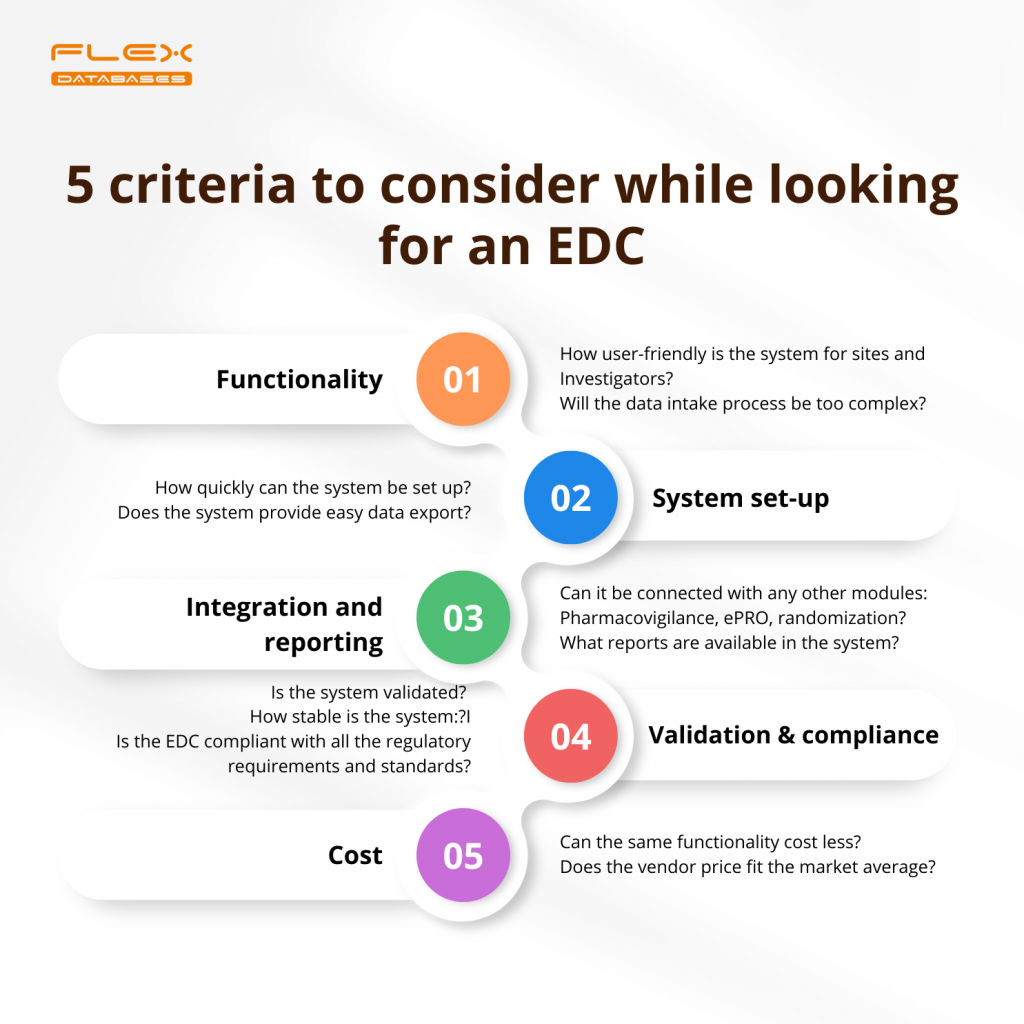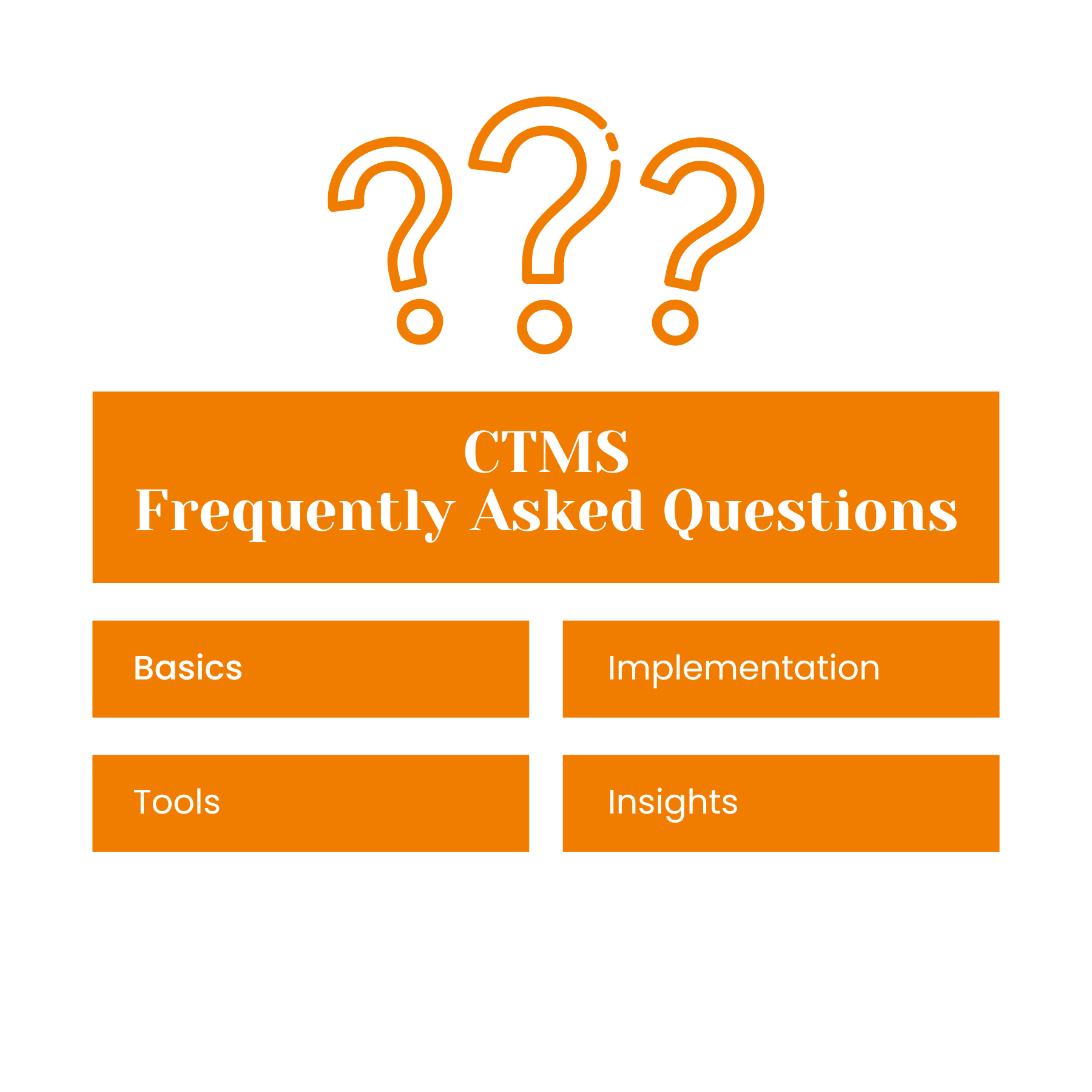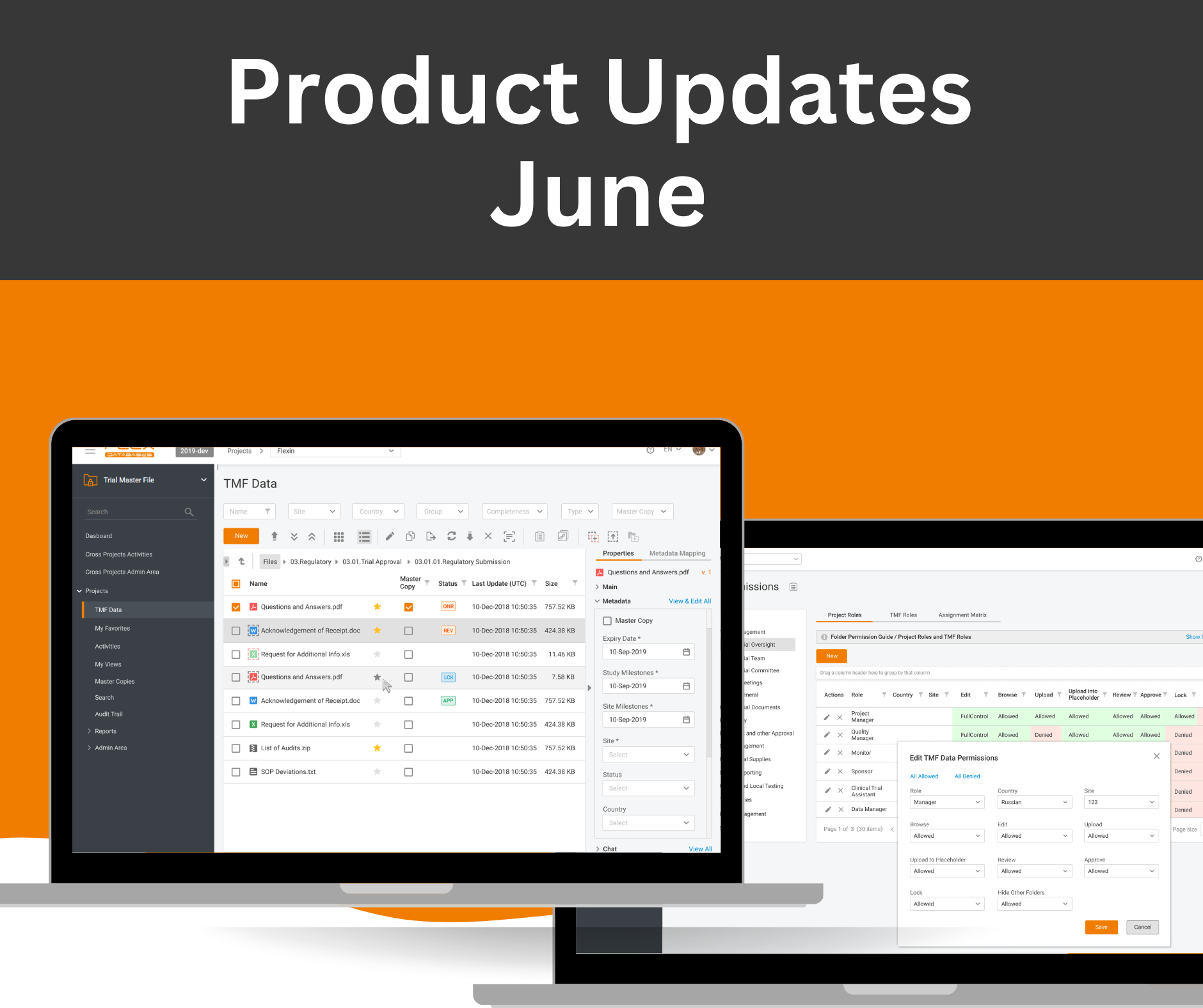Five criteria to consider when looking for an EDC
December 13, 2022

Software selection and assessment is a complicated and sometimes confusing process, especially if you have to pick a provider in a hurry or if it’s your first time doing so. We’ve gathered a short list of mandatory criteria for you to check out – and have an excellent start to your EDC selection journey.
- Functionality
- Is it easy to log in?
- How user-friendly is the system for the sites and Investigators?
- Will the data intake process be too complex?
- Is the query resolution process easy to understand?
- Is there a helpdesk available?
Investigators could lose motivation if they face too complex and time-consuming system. But the data entry process can be pleasant if the system looks nice and is simple to use.
2. System setup
- How quickly can the system be set up?
- Does the system allow to export data easily?
EDC setup can take from 3 weeks to several months. The setup should be fast yet keep the quality on the highest level possible since a poorly set up EDC could mess up the whole trial. Ensure the team responsible for eCRF building is experienced and well-trained for this specific system. And remember to test the system and the eCRFs before using the EDC for the project.
3. Integration and reporting
- Can an EDC be connected with other modules: Pharmacovigilance, ePRO, randomization, etc.?
- Are there any reports available in the system?
It is incredibly annoying to export every single piece of information one by one, and it’s even more annoying when you have to use external providers to make decent reports on study progress. The more options of the inbuilt reports the system provides you, the better. Keep in mind that an EDC can be your initial source of data for the Pharmacovigilance module; it can also contain IWRS and ePRO, saving you time.
4. System validation
- Is the system validated?
- How stable is the system: backups, data center locations, etc.?
- Is the EDC compliant with all the regulatory requirements and standards?
Always pay attention to the validation of the system, and if you want the vendor to conduct the validation for you, make sure they provide that they can do it. Safety first – you don’t want to lose any data because backups lack or insecure data centers.
5. Cost wise
- Can the same functionality cost less?
- Is the vendor’s price in the market?
Comparing prices and functionality of systems is the best way to assess the vendor, though always keep in mind the size and complexity of your study. You may like a pricy system with multiple features, but you might only need a small part of what they offer. However, on the other hand, good systems aren’t cheap – development & regulatory compliance cost time and money, so be alarmed if the offer looks too good to be true.
If you’re looking for a powerful, validated and compliant EDC – it might be wise to consider Flex EDC. Send us a demo request or an e-mail to bd@flexdatabases.com to learn more!



